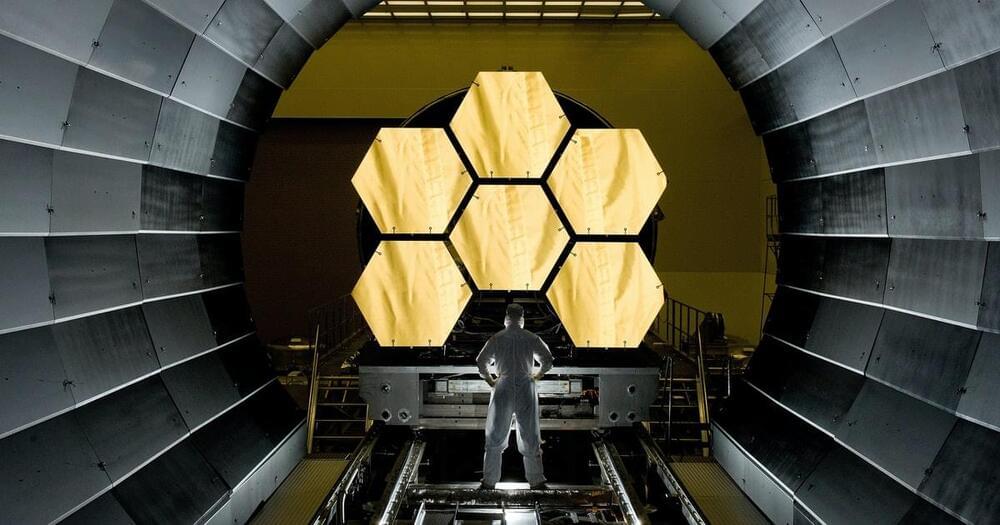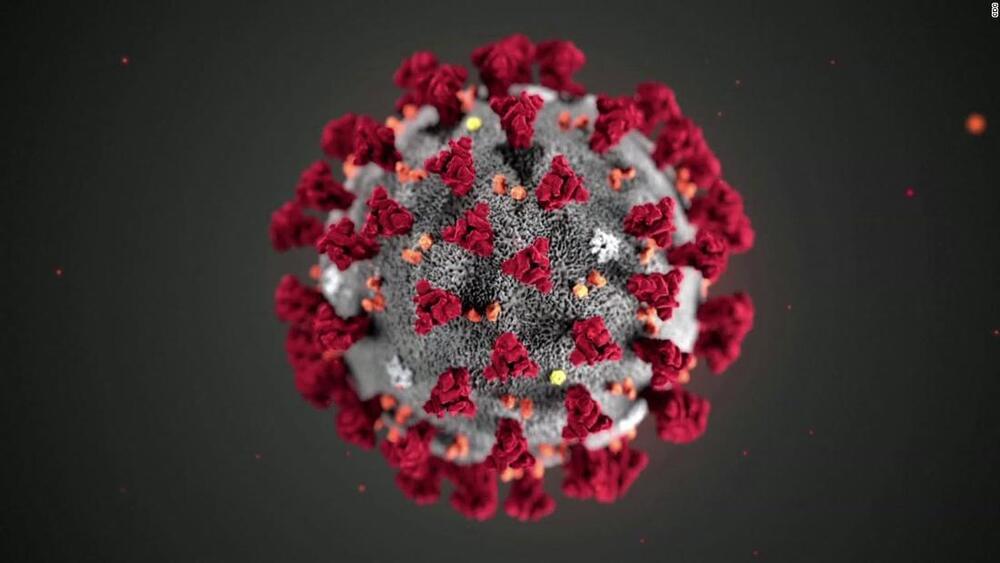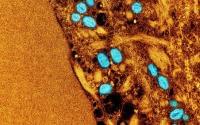There’s a whole lot going on under the hood of the five images that dropped this week.


A team of researchers led by Virginia Tech’s Michael Bartlett have developed an octopus-inspired glove capable of securely gripping objects underwater. Their research was selected for the July 13 cover of Science Advances.
Humans aren’t naturally equipped to thrive in an underwater environment. We use tanks to breathe, neoprene suits to protect and warm our bodies, and goggles to see clearly. In such an environment, the human hand also is poorly equipped to hold onto things. Anyone who has tried to hold onto a wriggling fish will testify that underwater objects are difficult to grip with our land-dwelling fingers.
“There are critical times when this becomes a liability,” said Bartlett, an assistant professor in the department of mechanical engineering. “Nature already has some great solutions, so our team looked to the natural world for ideas. The octopus became an obvious choice for inspiration.”


Automaker to release its MX-30 SUV equipped with the iconic motor later this year.
TOKYO — Mazda Motor is planning to revive its iconic rotary engine in a plug-in hybrid car by the end of this year as it attempts to simultaneously please fans and cope with tougher environmental rules in its main markets, such as Europe.
In short, we’re buying so much stuff that it’s becoming hard to get that stuff where it needs to be without undue negative impacts on infrastructure, transit networks, traffic, and ultimately, quality of life. People aren’t going to stop buying stuff, so how can we plan for a future where there’s more stuff being moved and our streets aren’t overwhelmingly clogged with semis and delivery vans (and the polluting emissions that come with them)?
A Swiss company has an idea—one that’s pretty original, a bit wacky, and maybe excessive. Or maybe it’s brilliant; you be the judge.
Underground cargo is the concept. It’s also, as it were, the name: Cargo Sous Terrain. In a network of subterranean tunnels, large pods ferry pallets of goods between various hubs. The pods are automated and electric, able to pick up and drop off loads from designated points, and the network would run constantly, like a conveyor belt in a factory.


Nearly two-and-a-half years since the coronavirus pandemic began, the most infectious and transmissible variant yet has arrived.
Repeated Covid-19 waves have left millions of people dead, with only vaccines helping to blunt the toll. Now the virus is spreading again — evolving, escaping immunity and driving an uptick in cases and hospitalizations. The latest version of its shape-shifting, BA.5, is a clear sign that the pandemic is far from over.
The newest offshoot of Omicron, along with a closely related variant, BA.4, are fueling a global surge in cases — 30% over the past fortnight, according to the World Health Organization (WHO).
Urban air mobility (UAM) company HT Aero continues to make progress toward the “flying car” it has promised to deliver by 2024. XPeng Huitian (aka HT Aero) recently posted a video to Weibo demonstrating an eVTOL prototype taking off, flying around, and being maneuvered like a car. It has the XPeng Motors steering wheel and everything – check it out.
HT Aero is the rebranded name of XPeng Huitian, a majority-owned entity of XPeng Inc. and founder He Xiaopeng. Since its foundation in 2013, HT Aero has conducted over 15,000 safely manned flights with the goal of combining automotive and aerospace technologies to develop safe, domestic electric flying vehicles at scale.
This began with the T1 eVTOL (electric vertical takeoff and landing) vehicle in 2019, followed by the X1 in 2020, which appears to be the model demonstrated in the video below, given that it doesn’t have a roof like the X2.

WHO Director-General Tedros Adhanom Ghebreyesus, PhD, said today that infections have been detected in 58 countries. Our World in Data lists 7,075 confirmed cases worldwide.
Testing is a challenge
“Testing remains a challenge, and it’s highly probable that there are a significant number of cases not being picked up,” he warned during a speech. “I plan to reconvene the Emergency Committee so they are updated on the current epidemiology and evolution of the outbreak, and implementation of counter measures.”
Engineers have developed a new class of smart textiles that can shape-shift and turn a two-dimensional material into 3D structures.
The team from UNSW Sydney’s Graduate School of Biomedical Engineering, and Tyree Foundation Institute of Health Engineering (Tyree iHealthE), led by Dr. Thanh Nho Do, have produced a material which is constructed from tiny soft artificial “muscles”—which are long silicon tubes filled with fluid which are manipulated to move via hydraulics.
These artificial muscles, which are surrounded by a helical coil of traditional fibers, can be programmed to contract or expand into a variety of shapes depending on its initial structure.